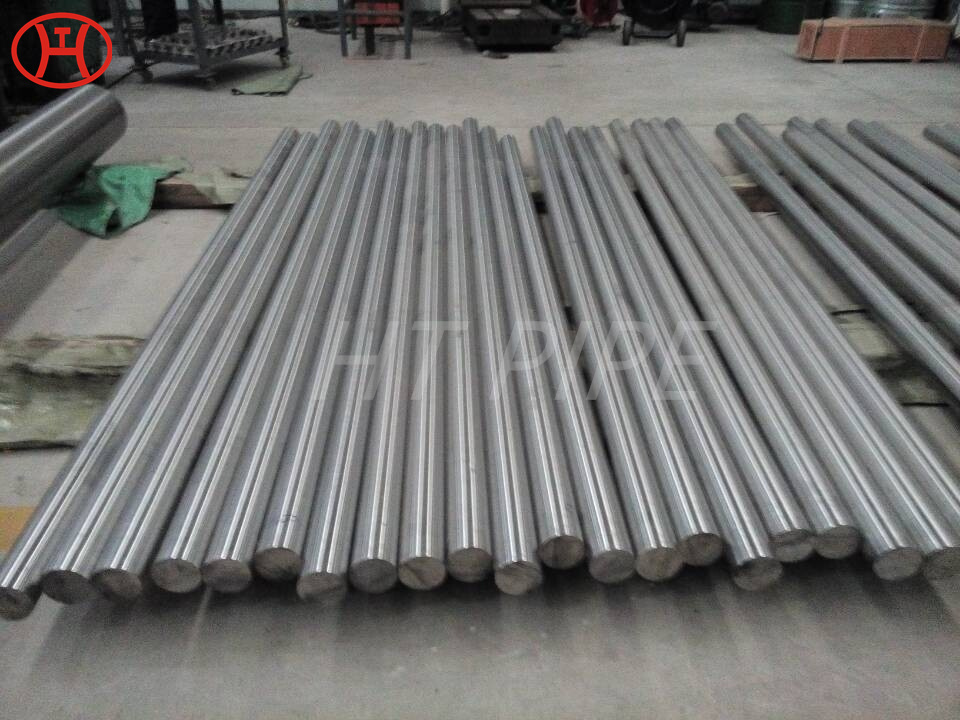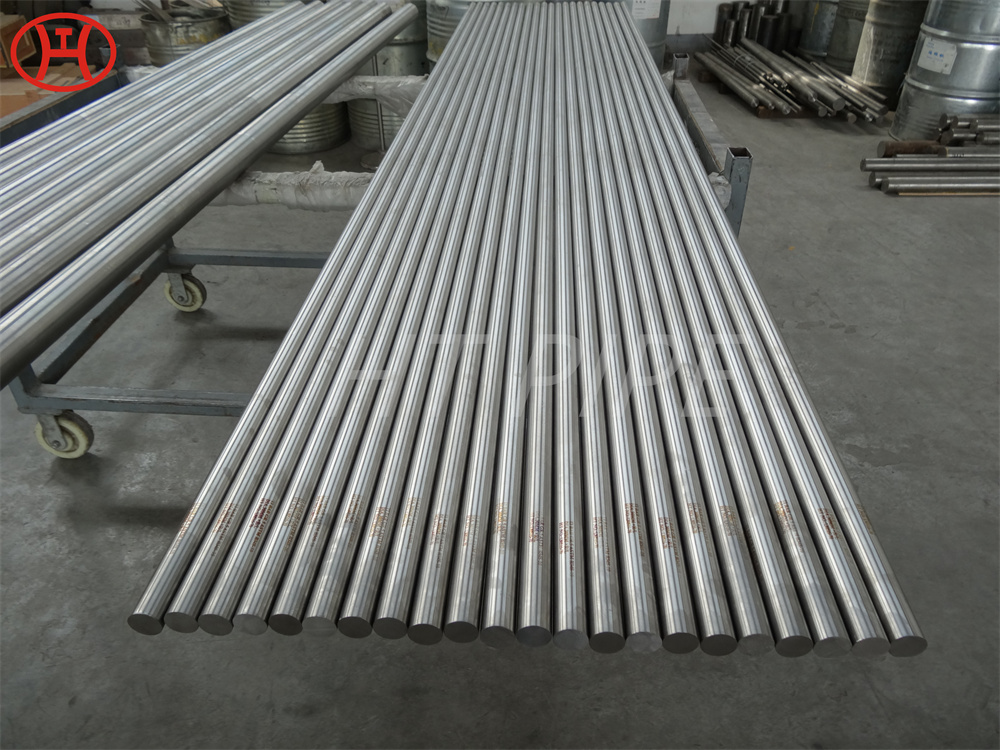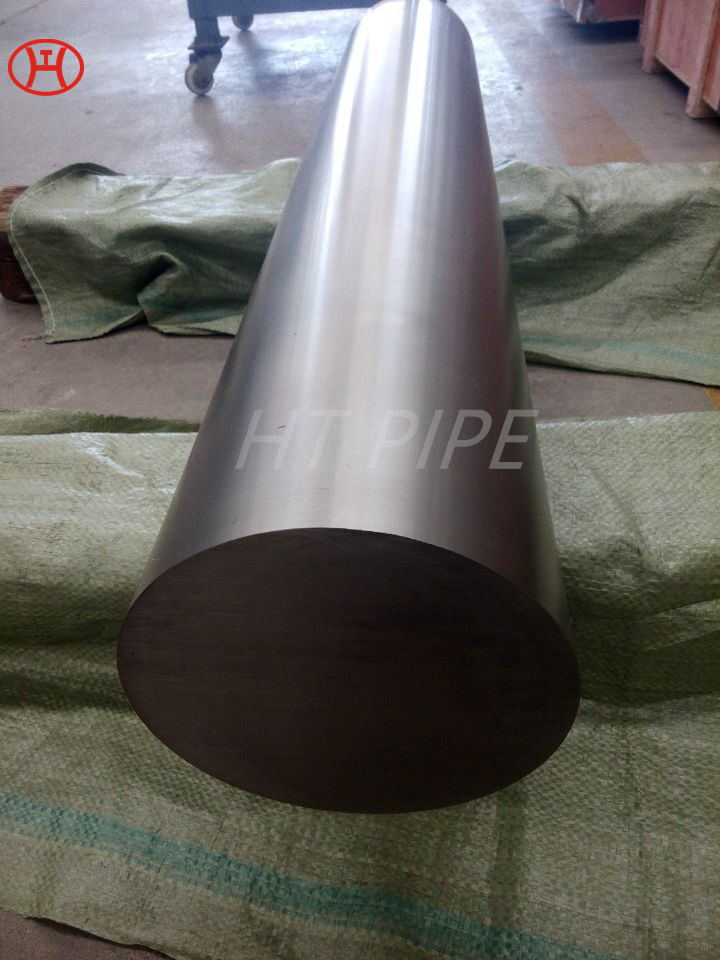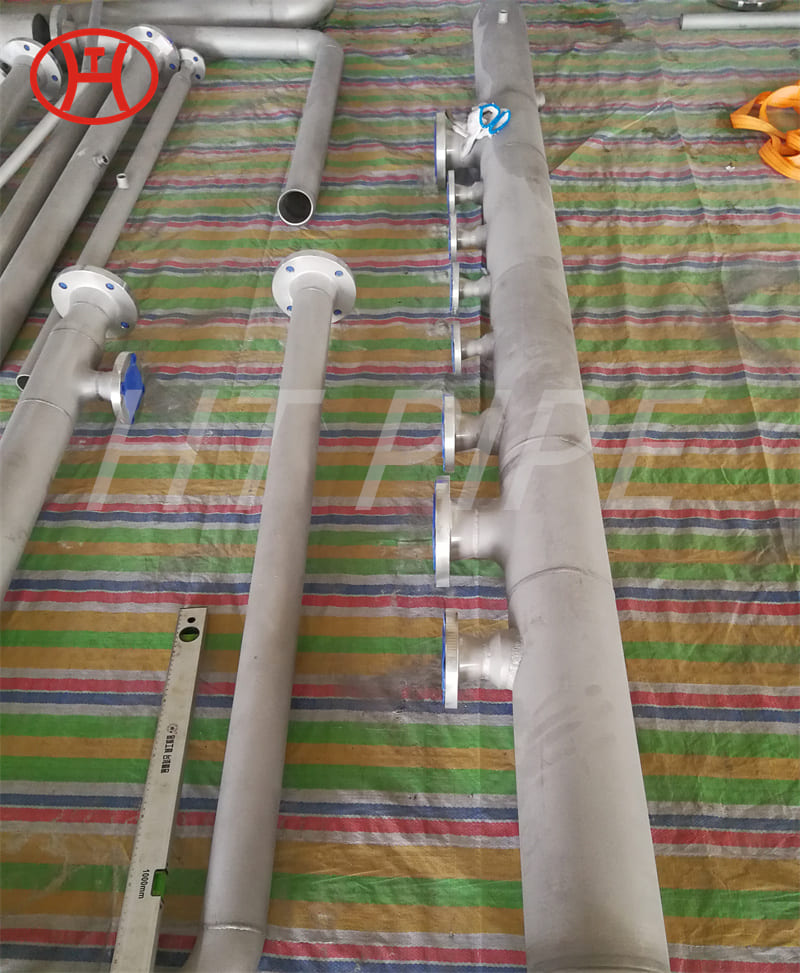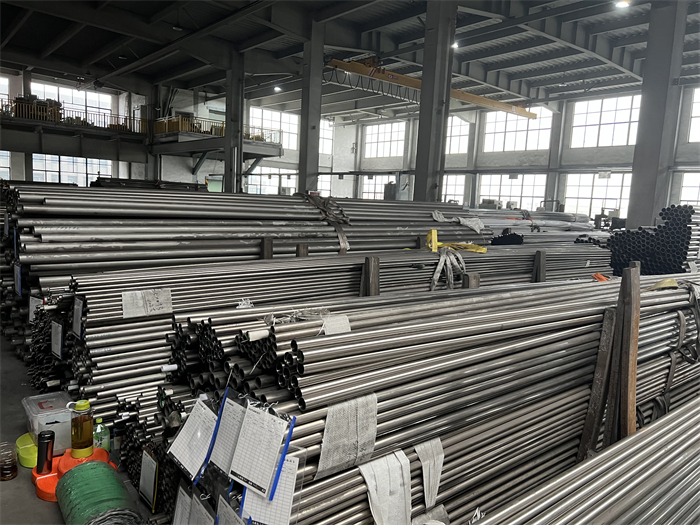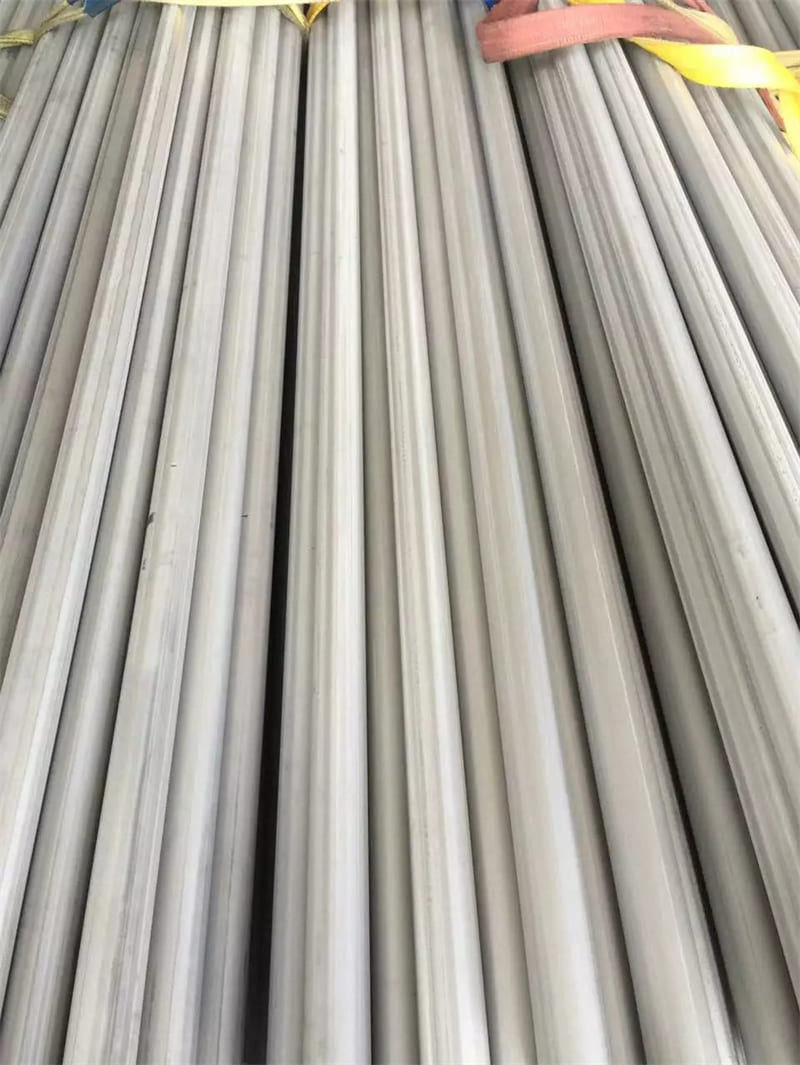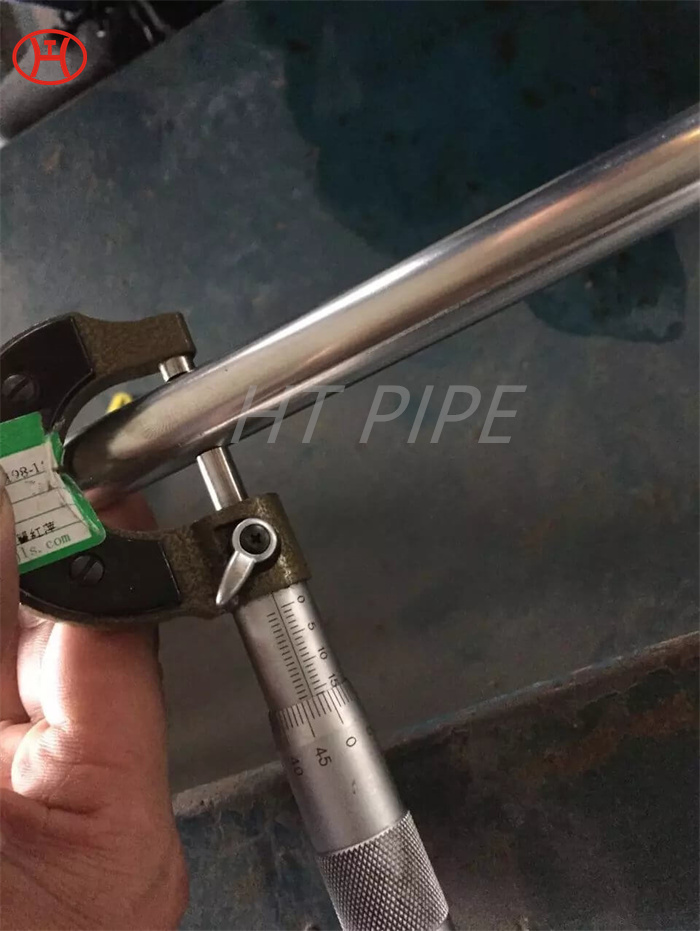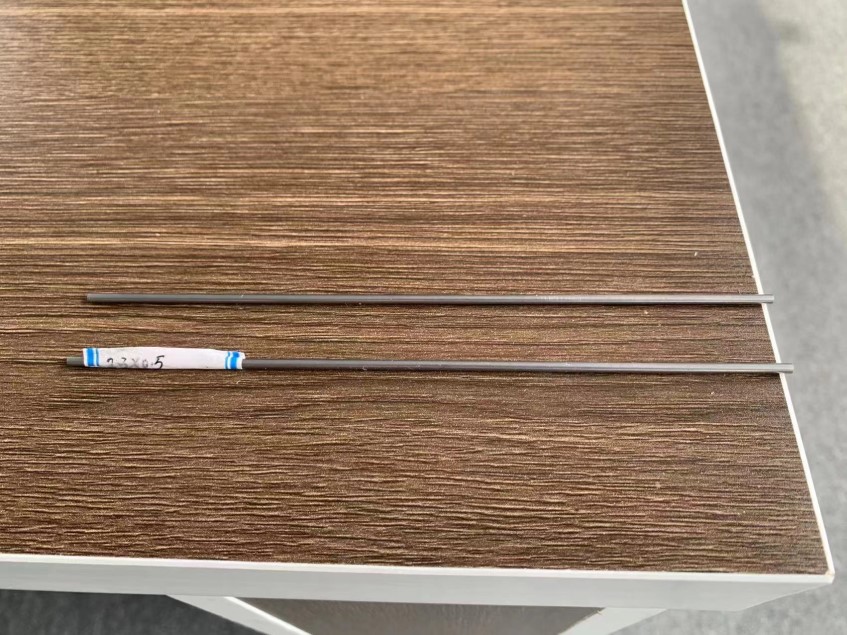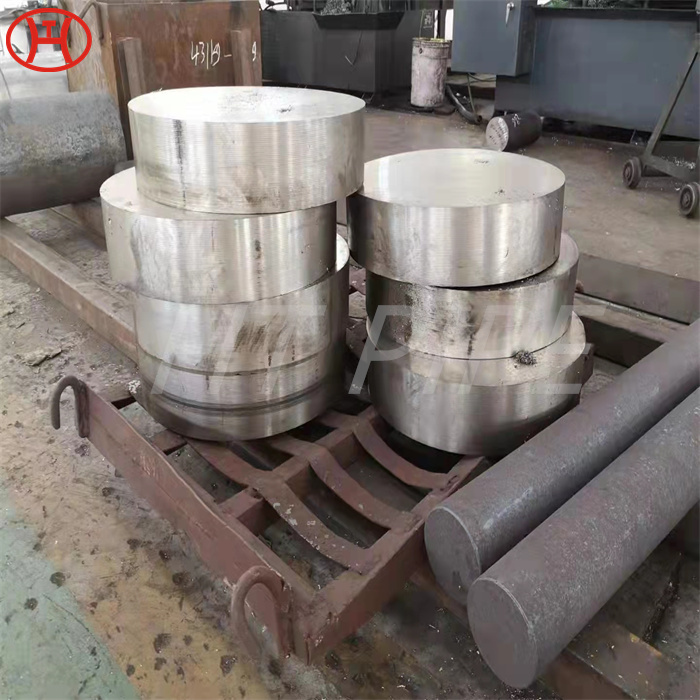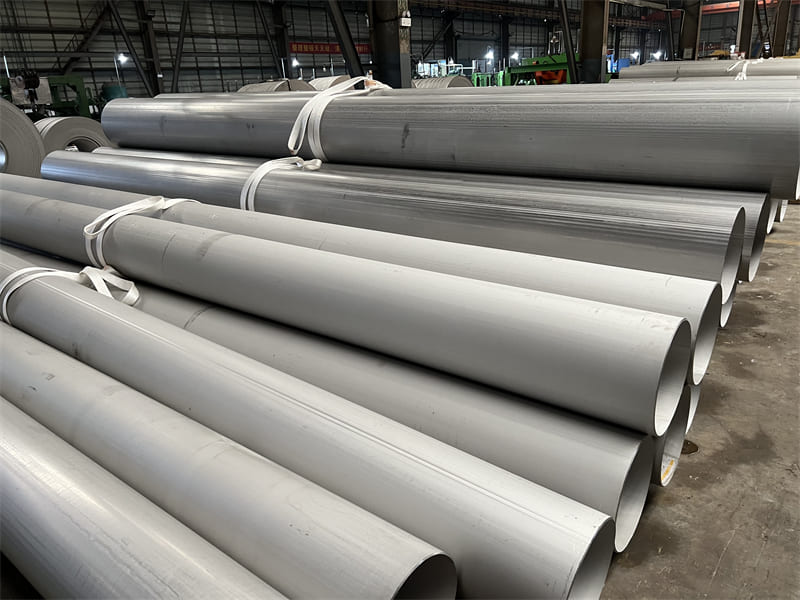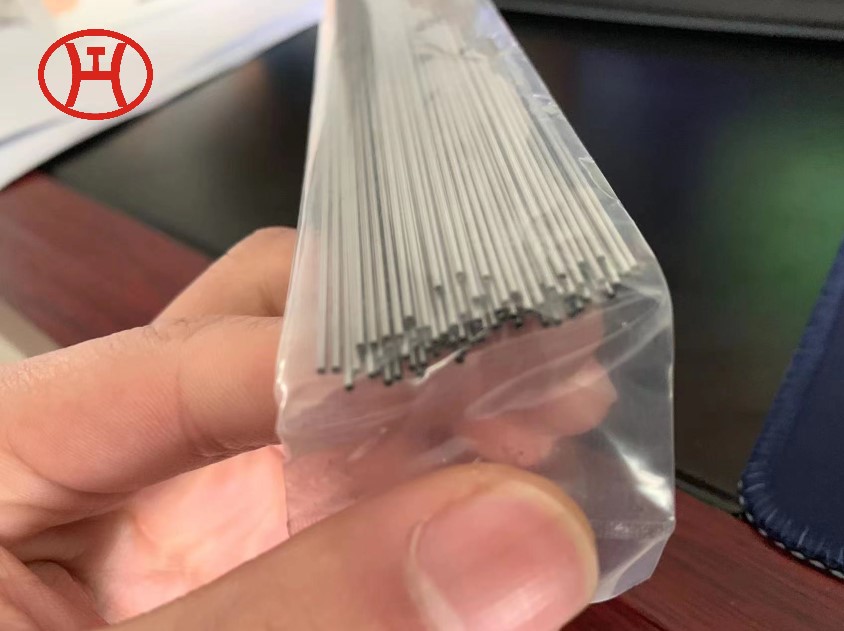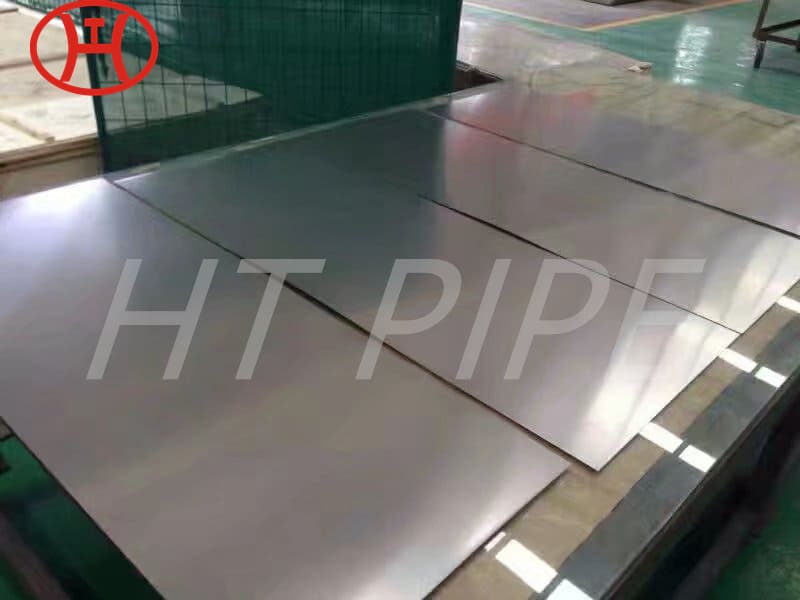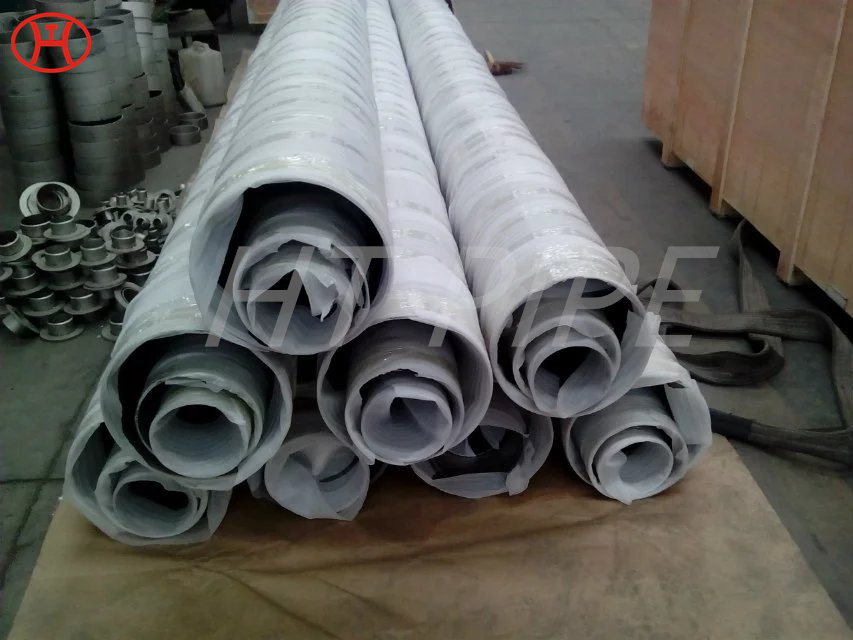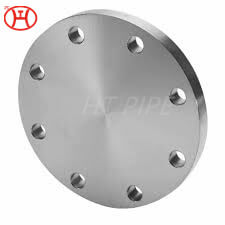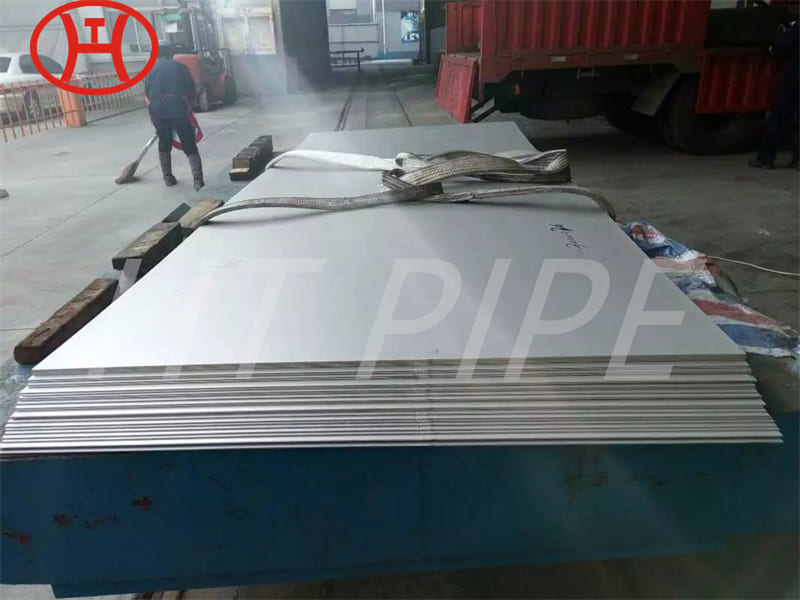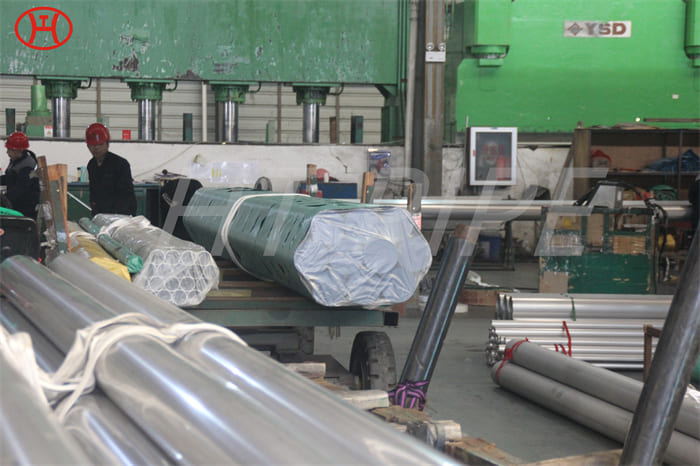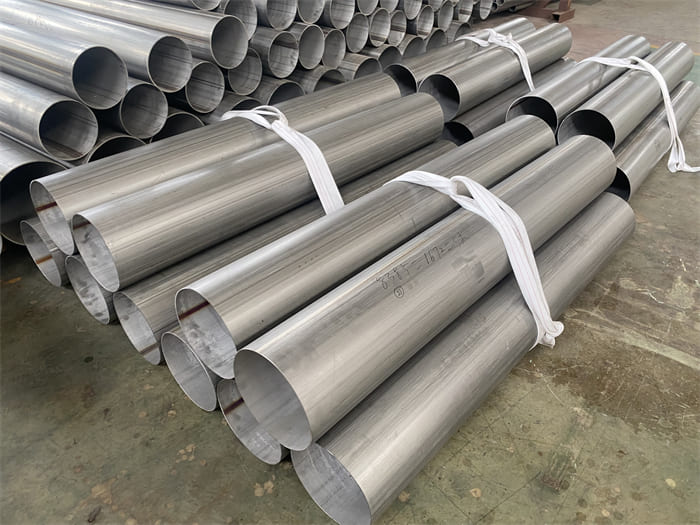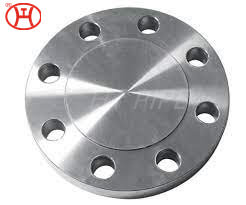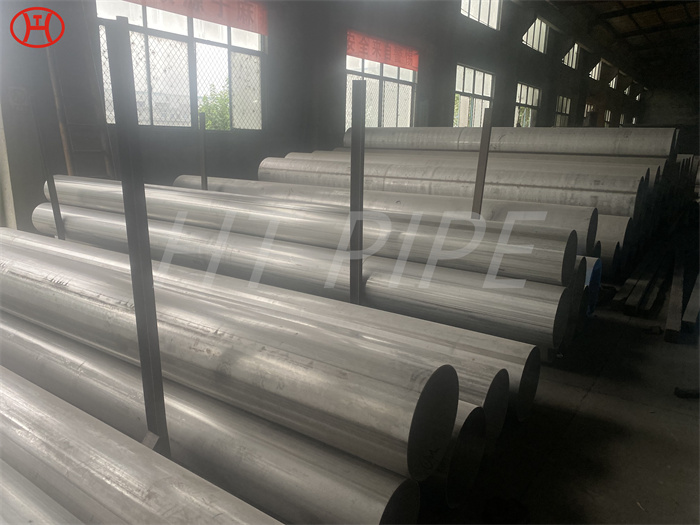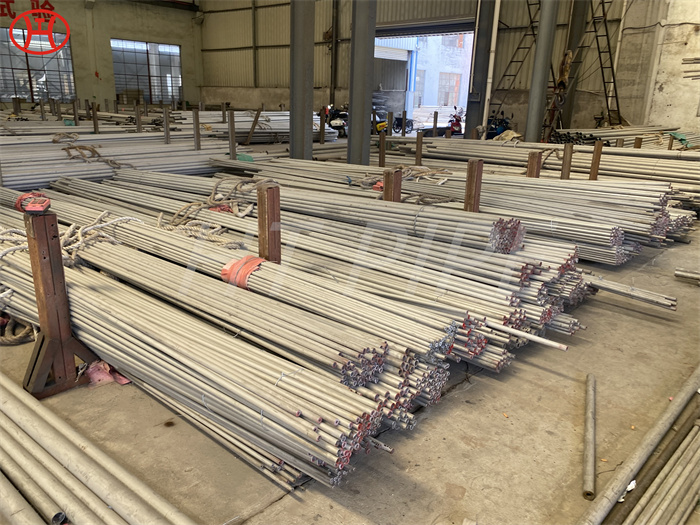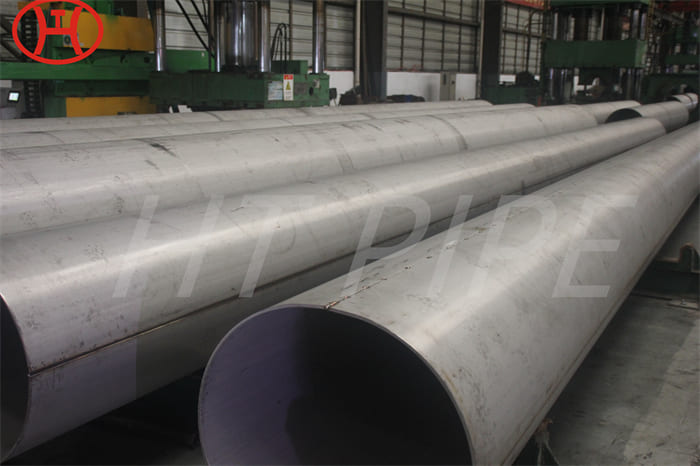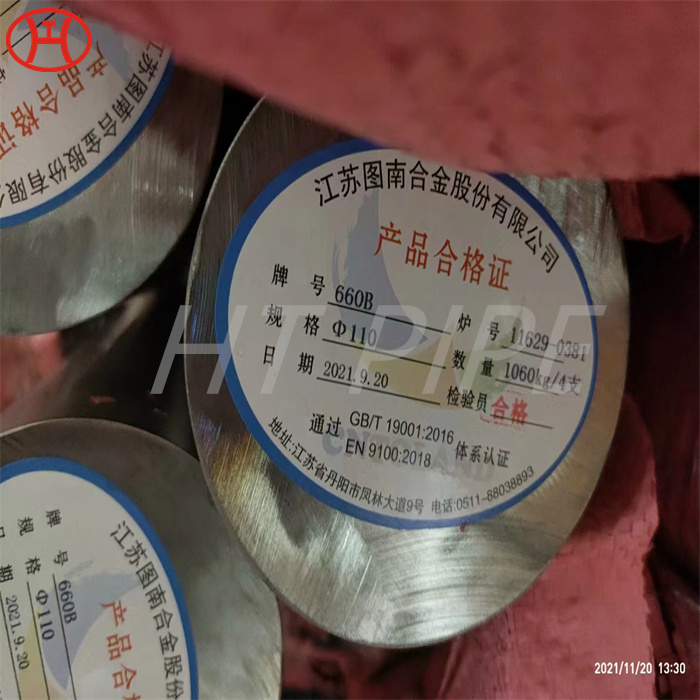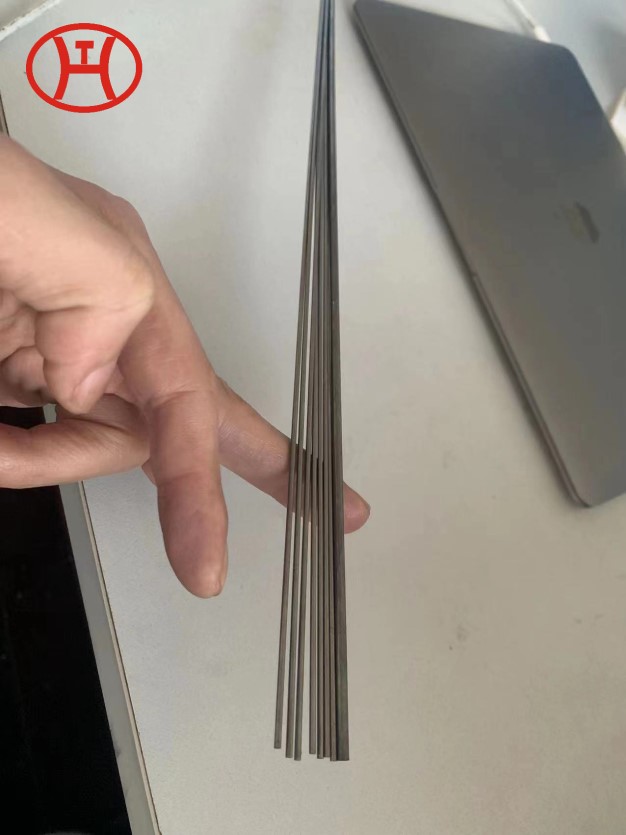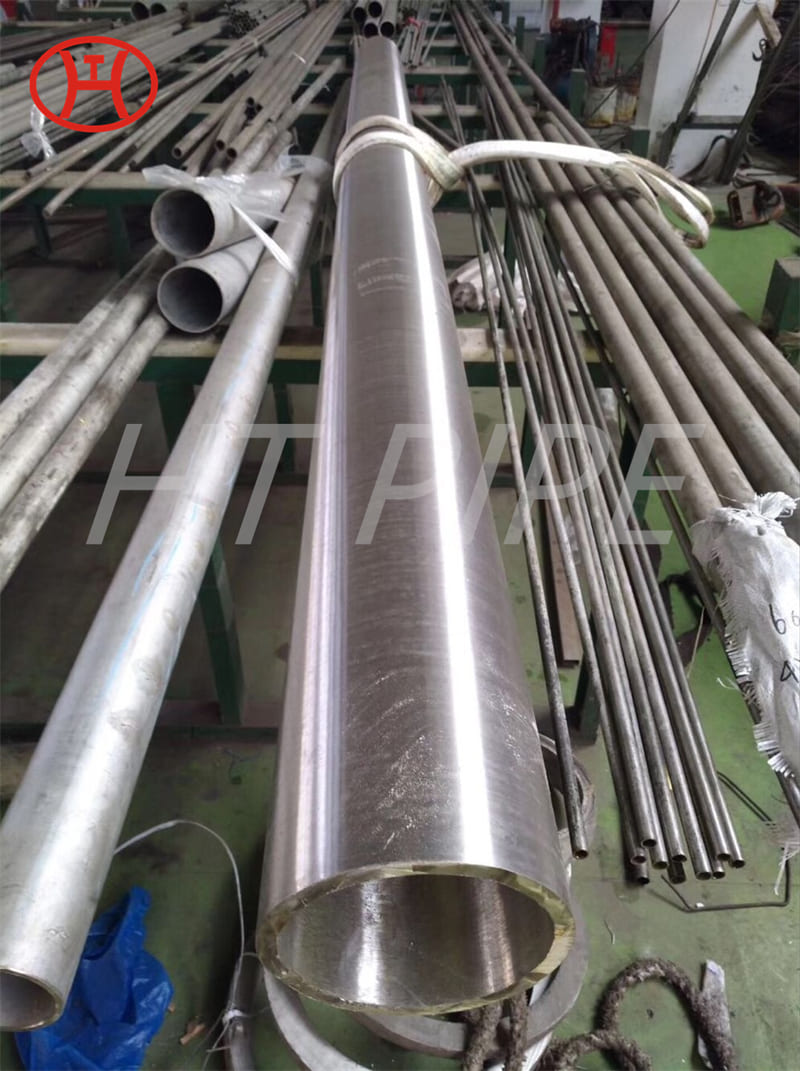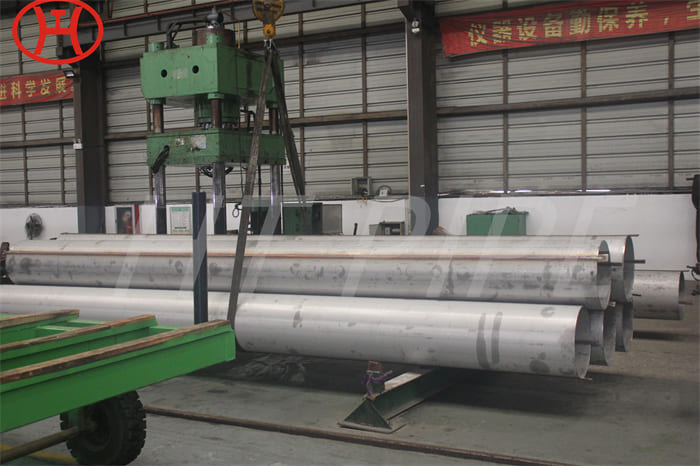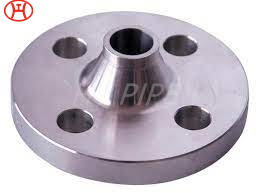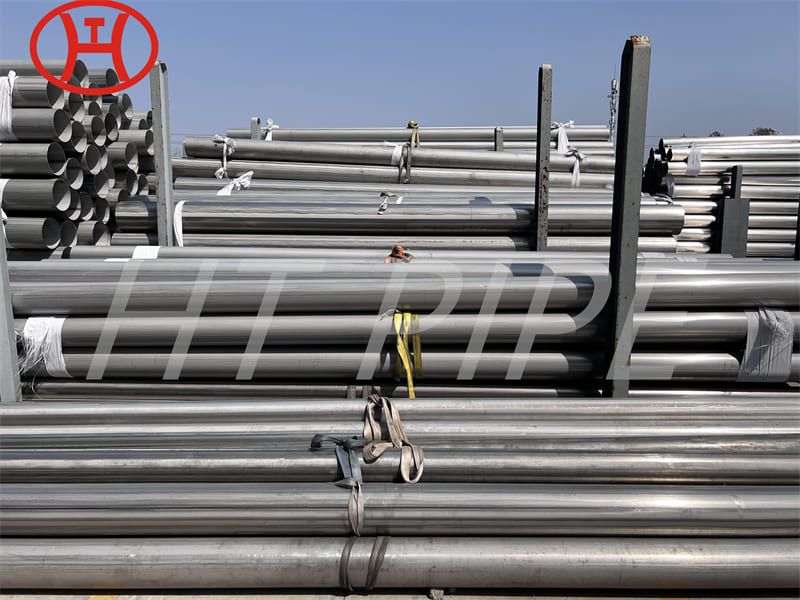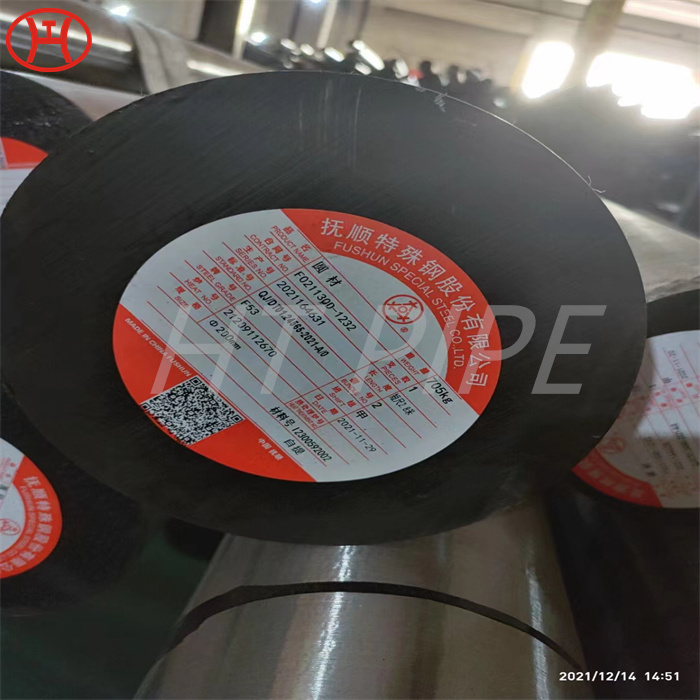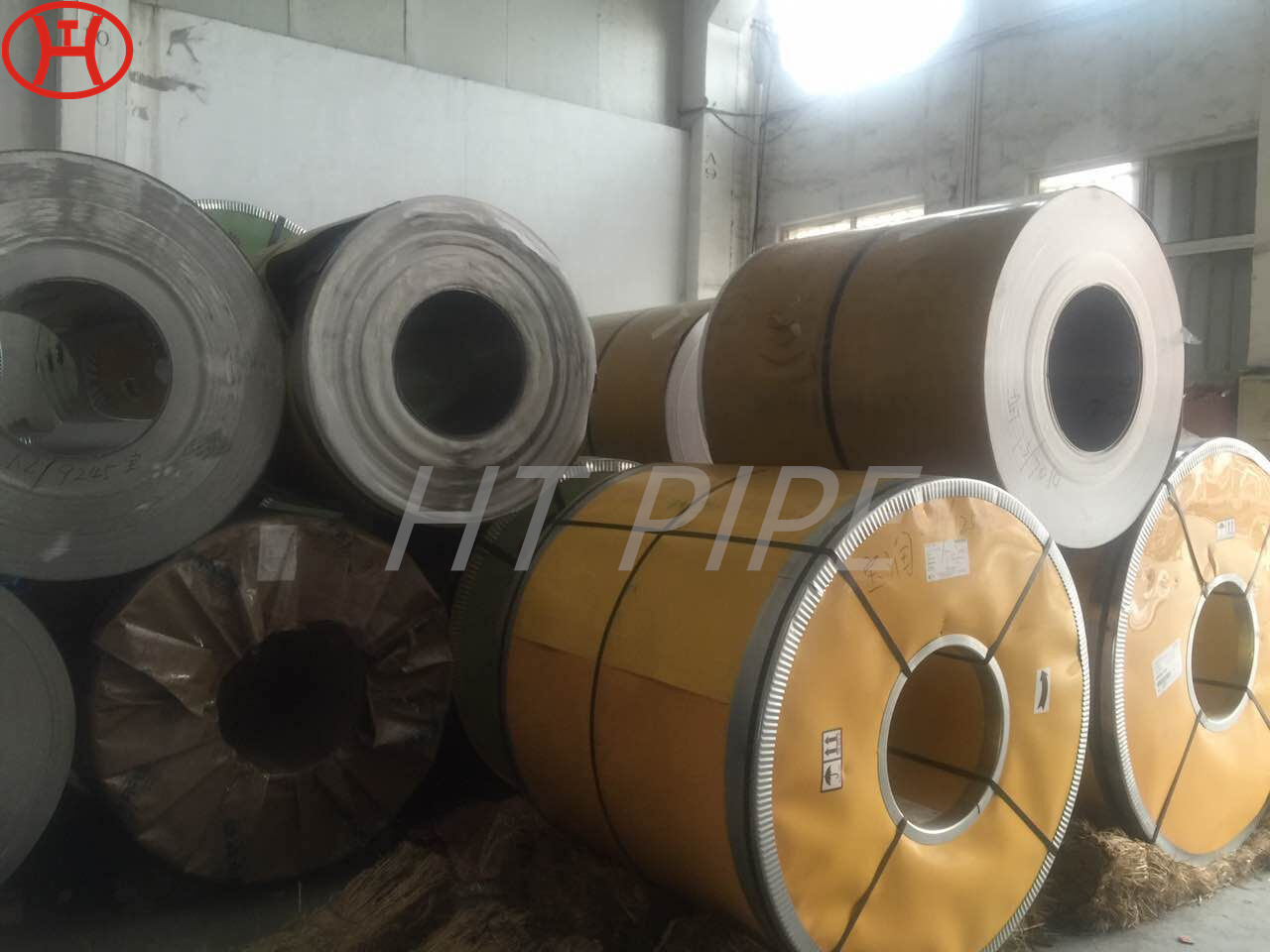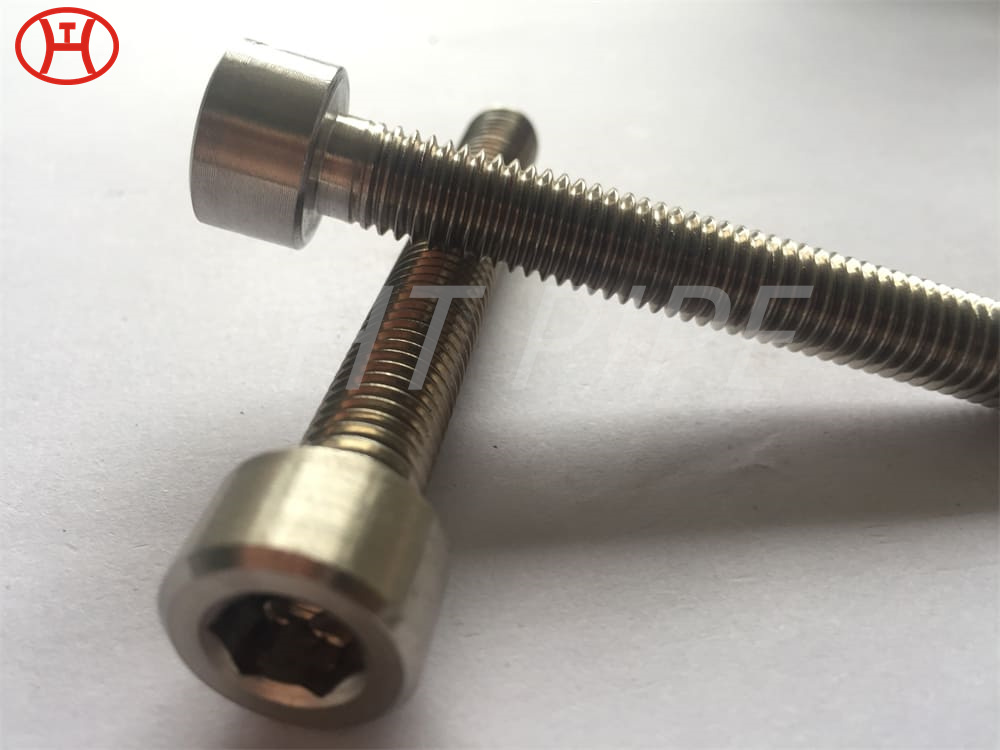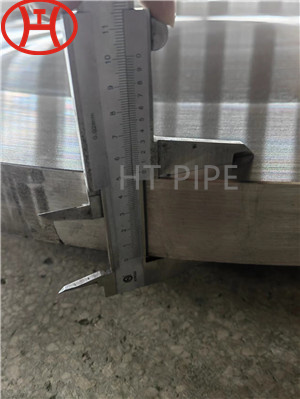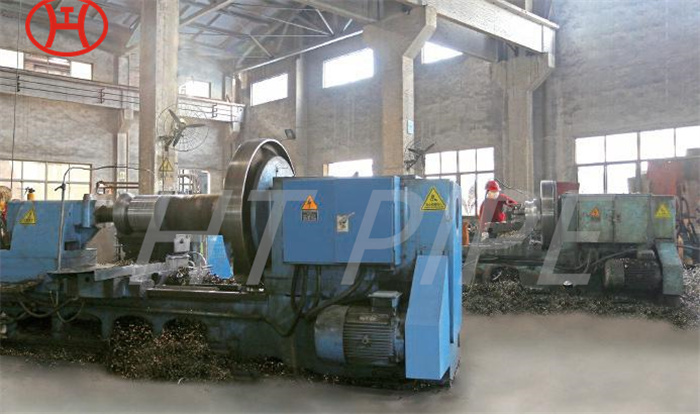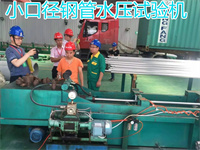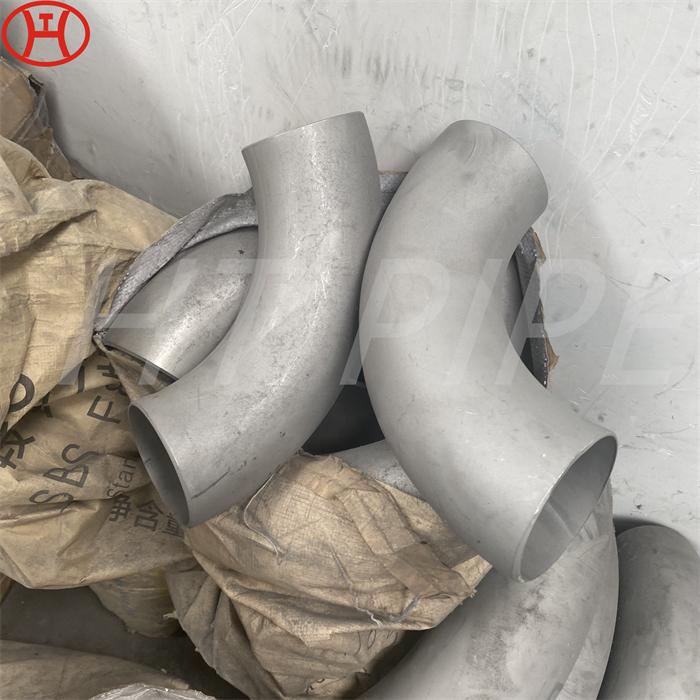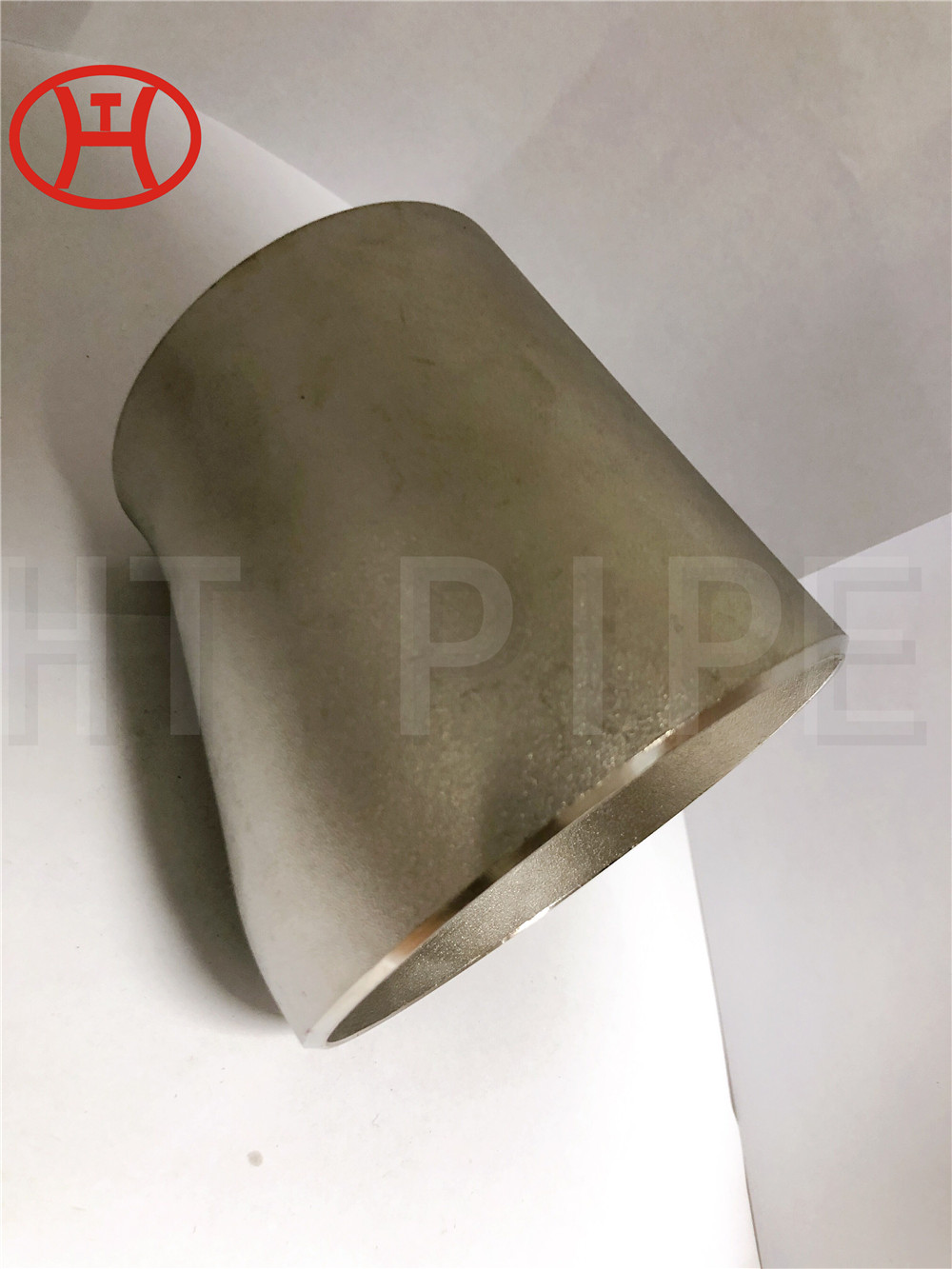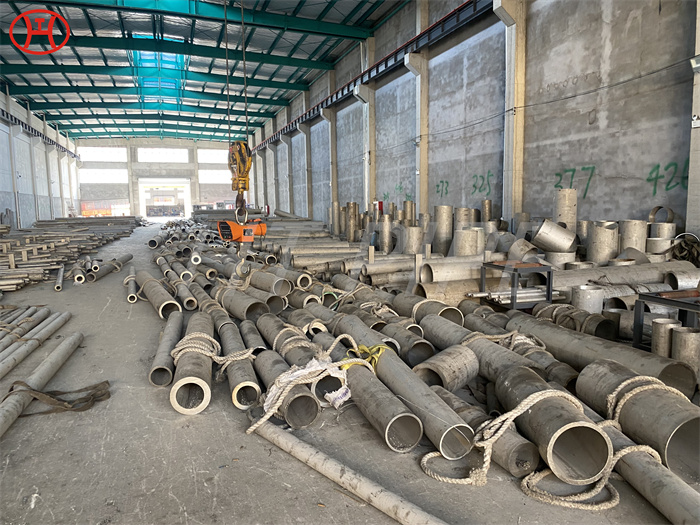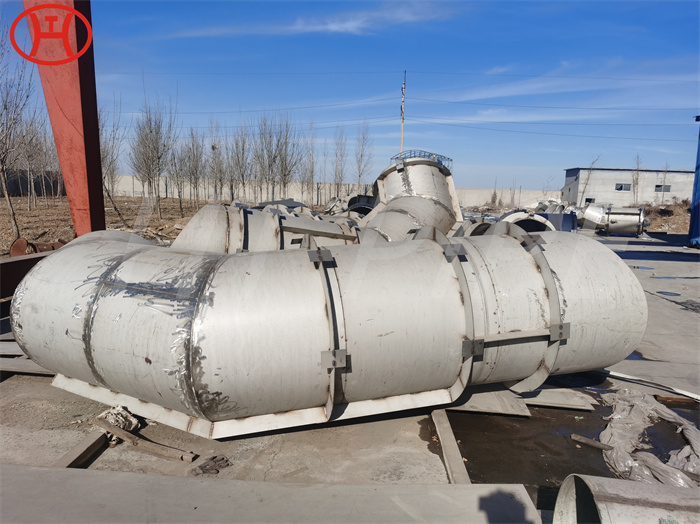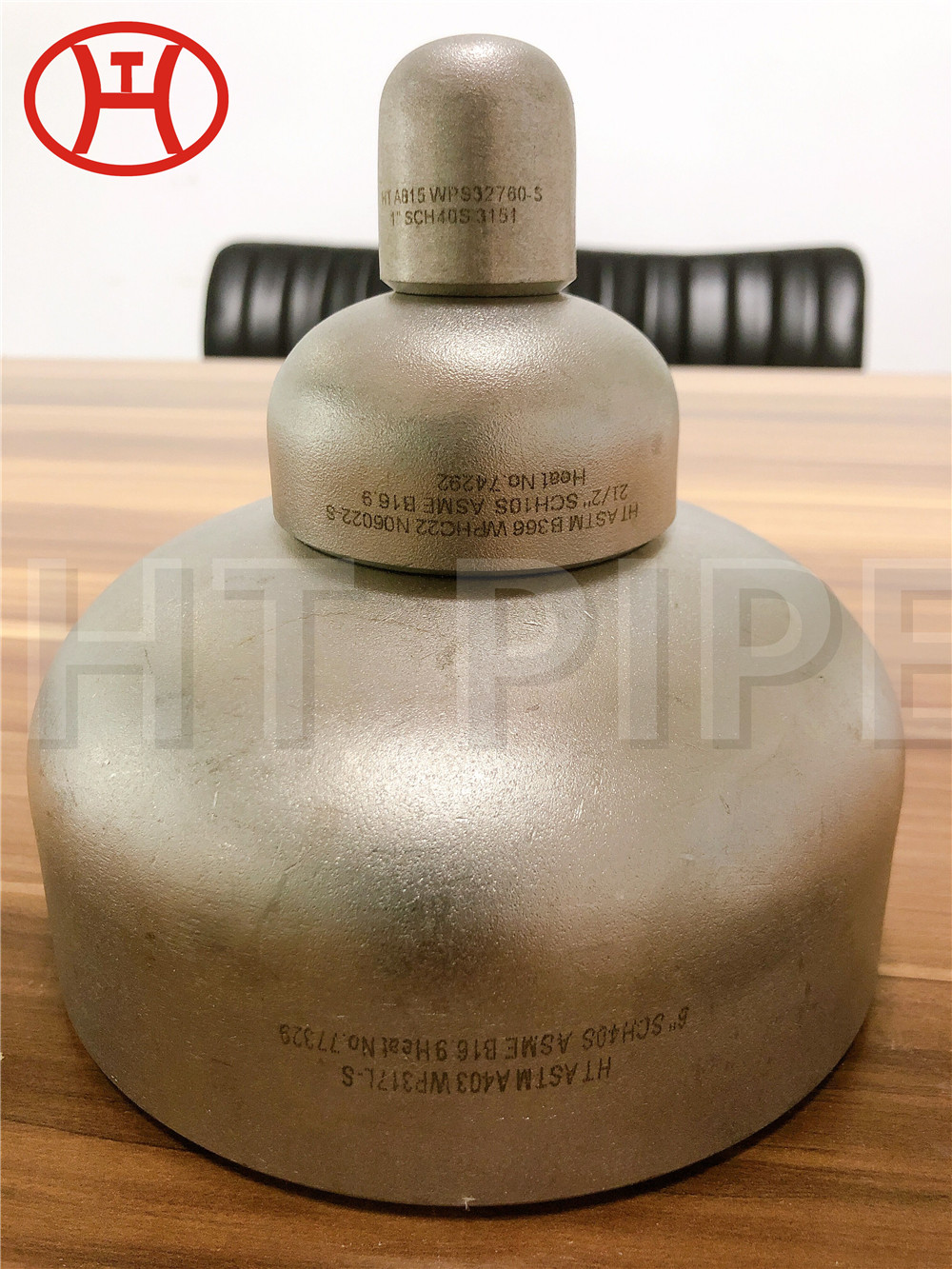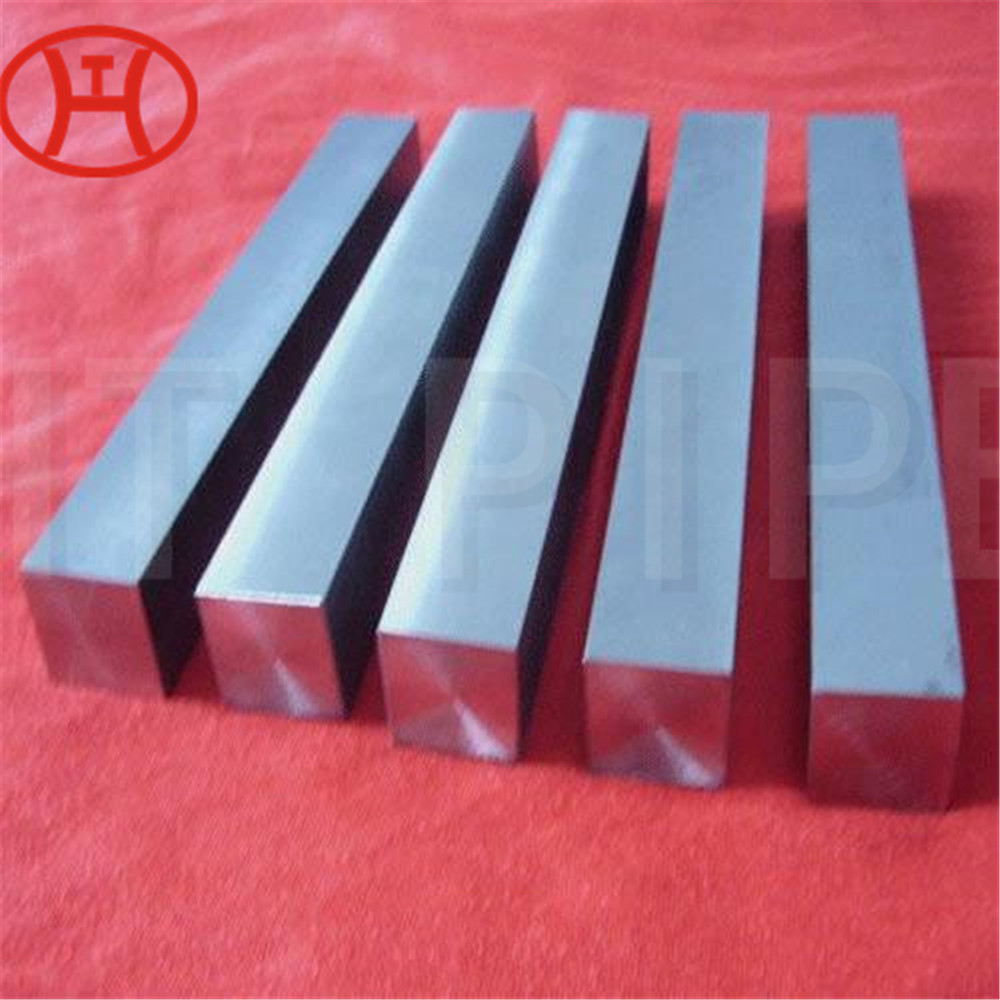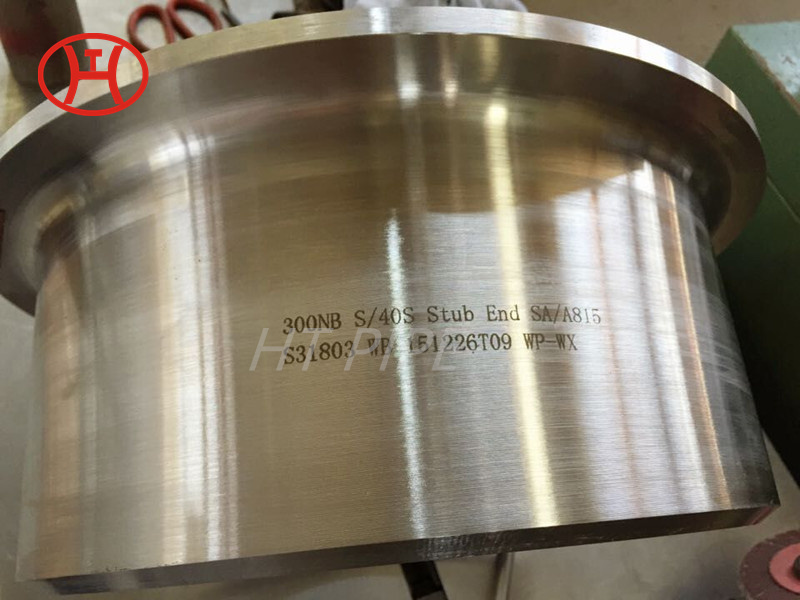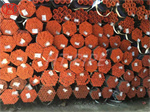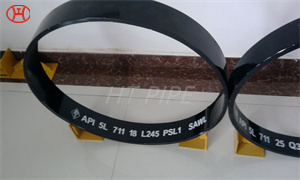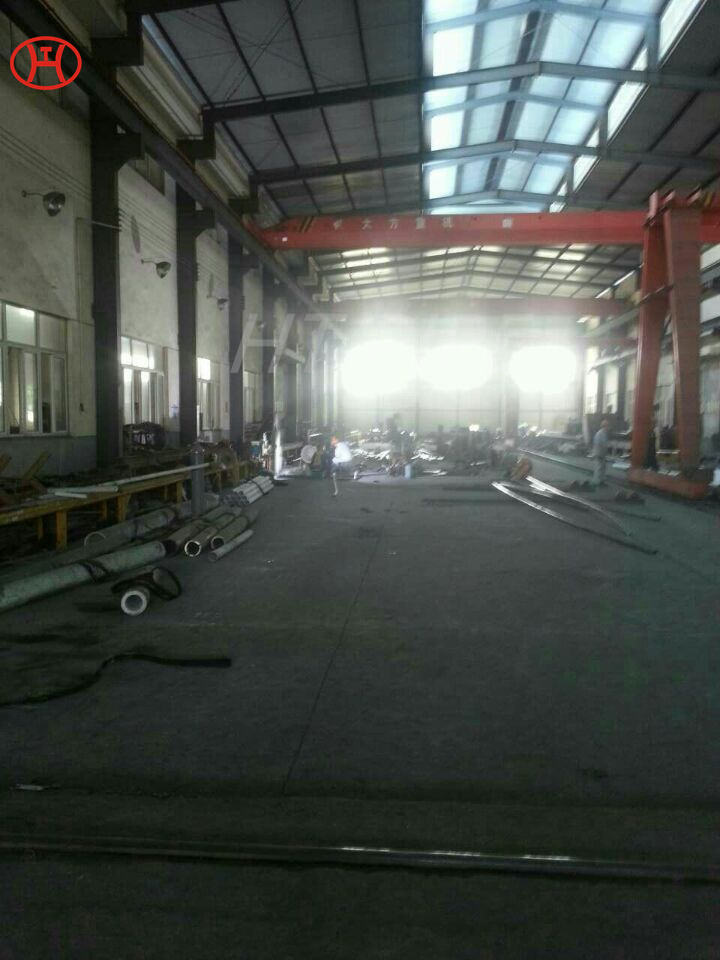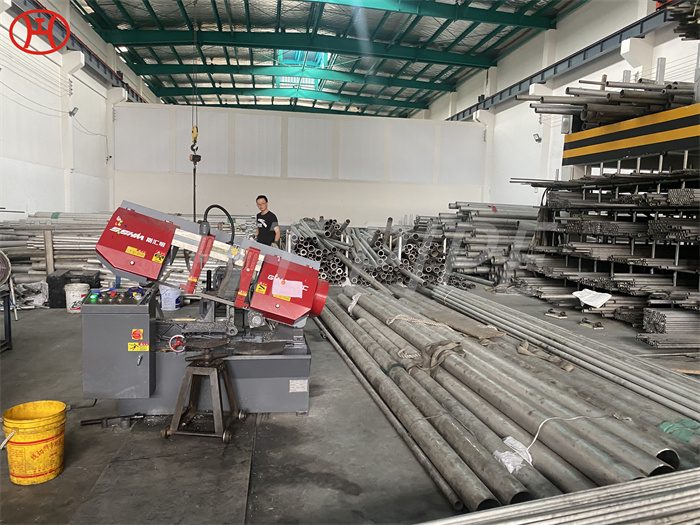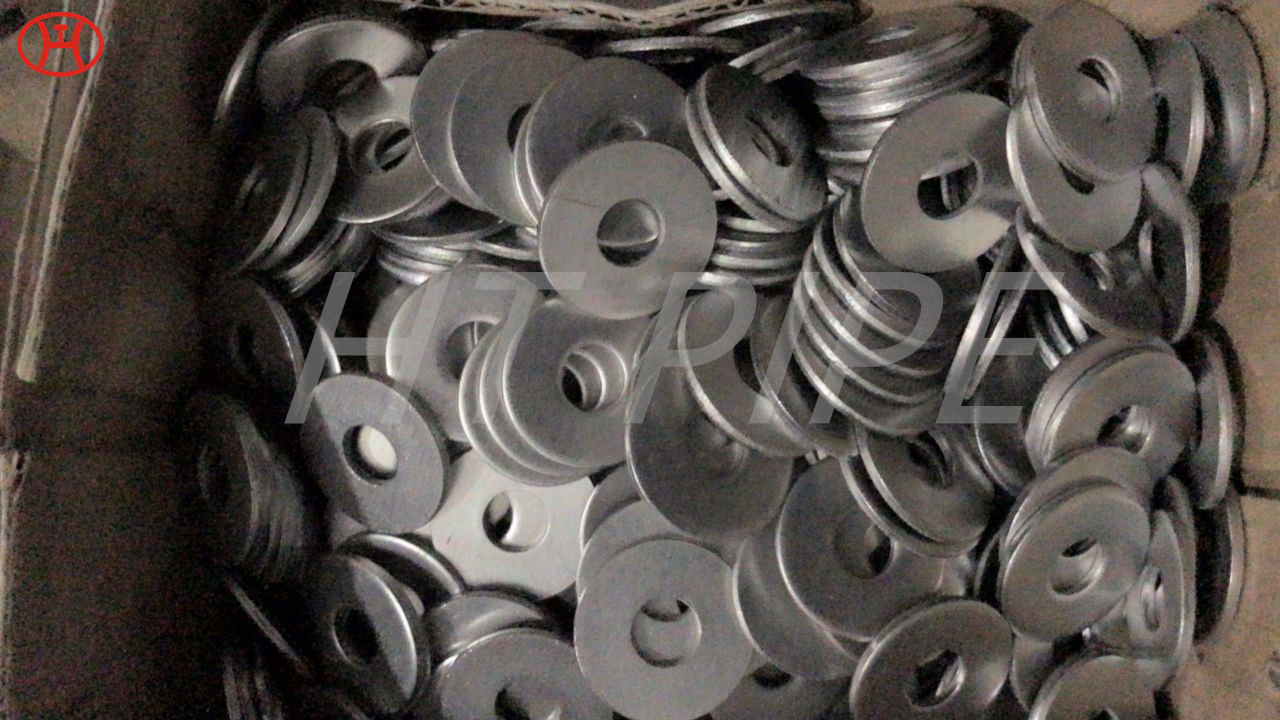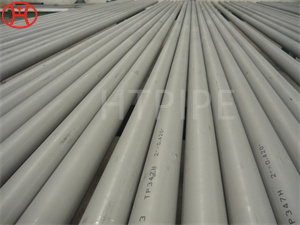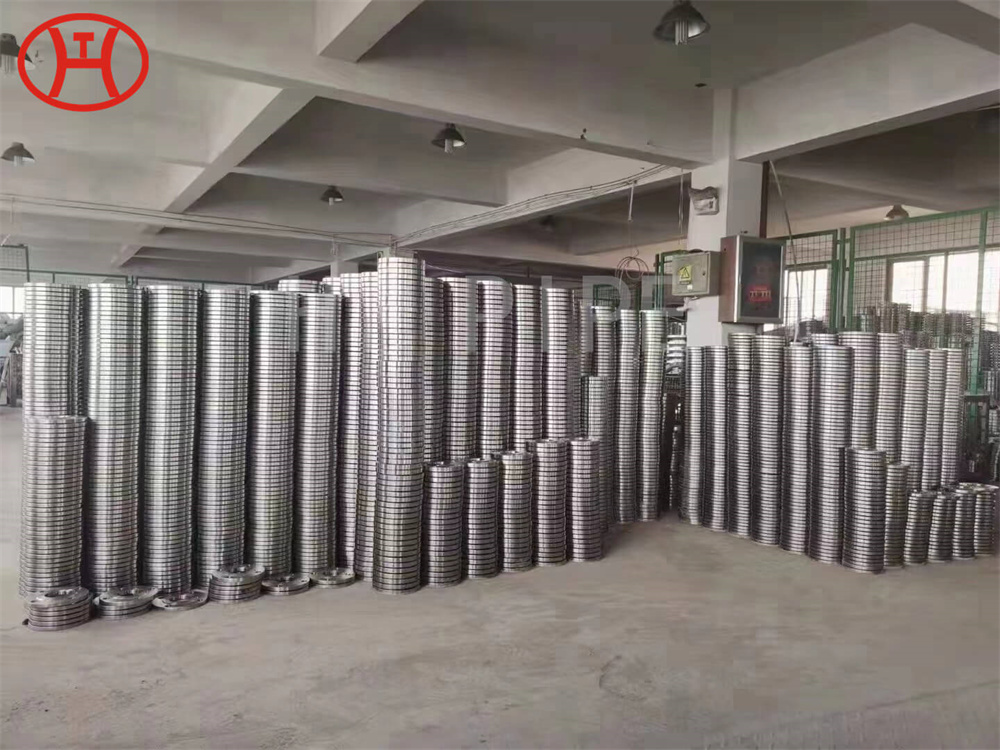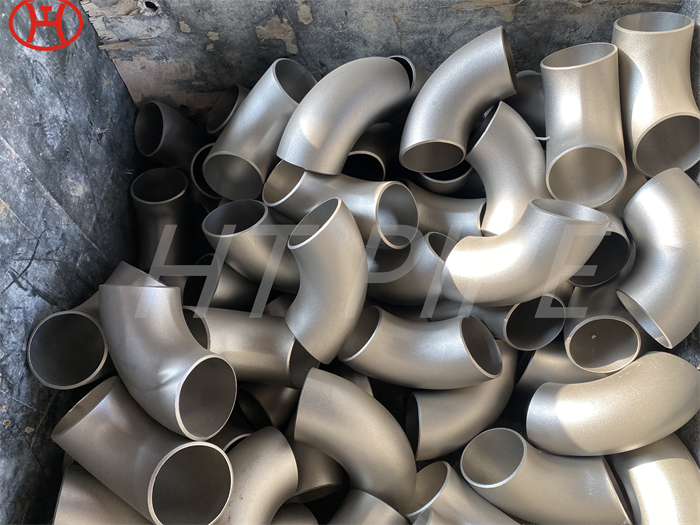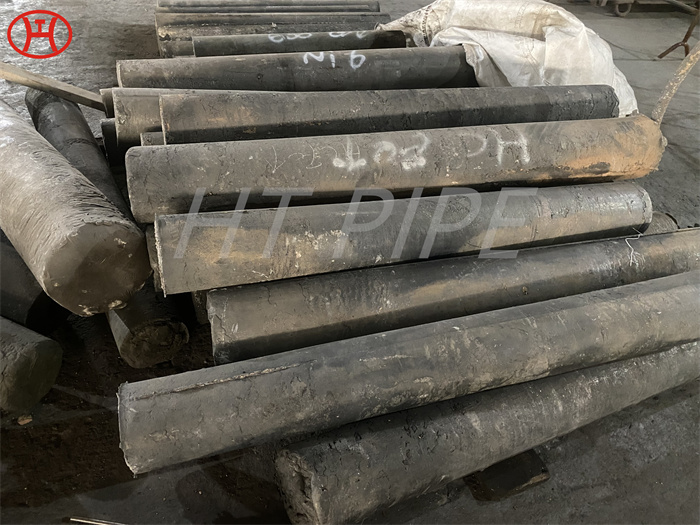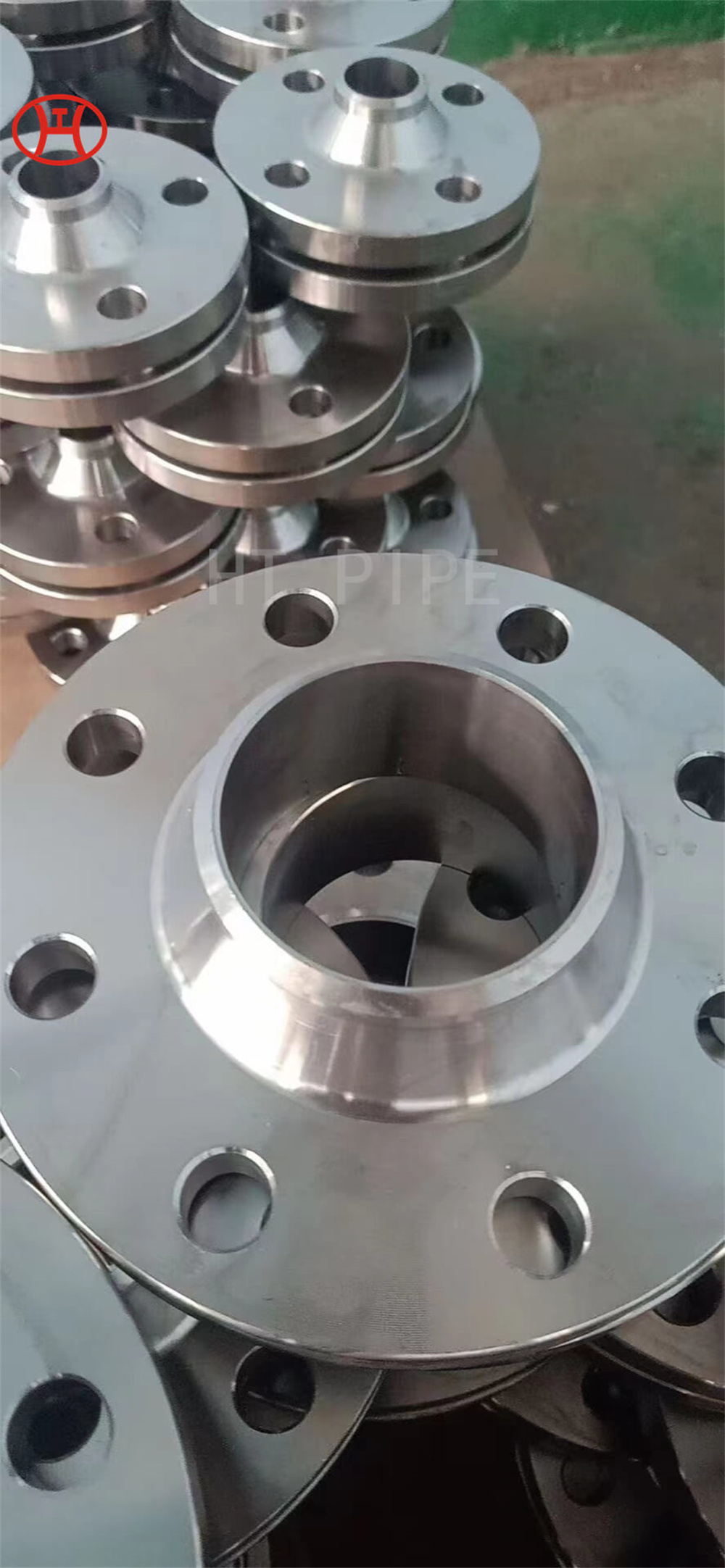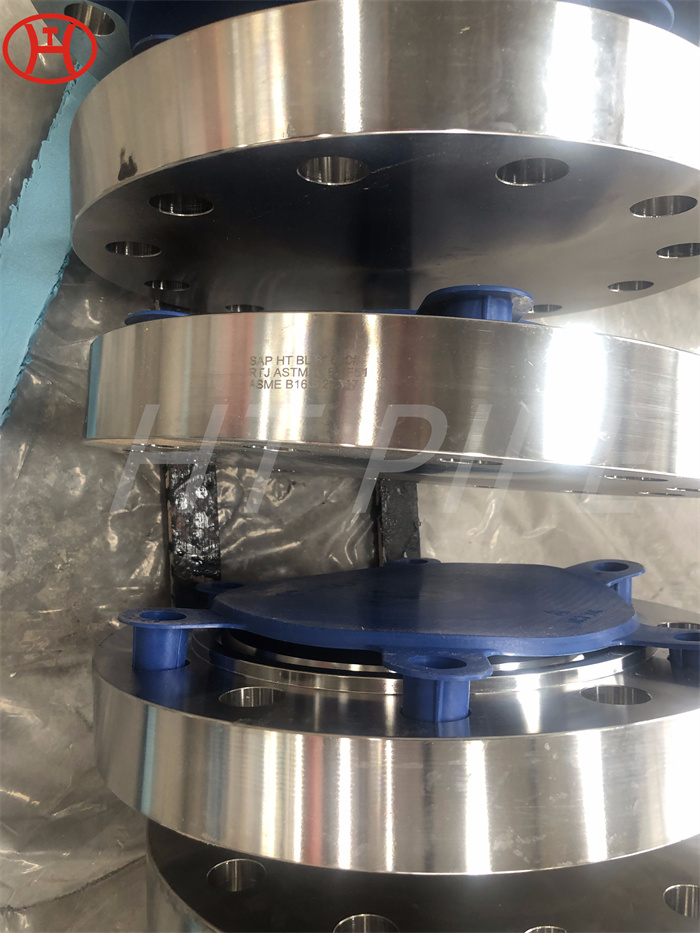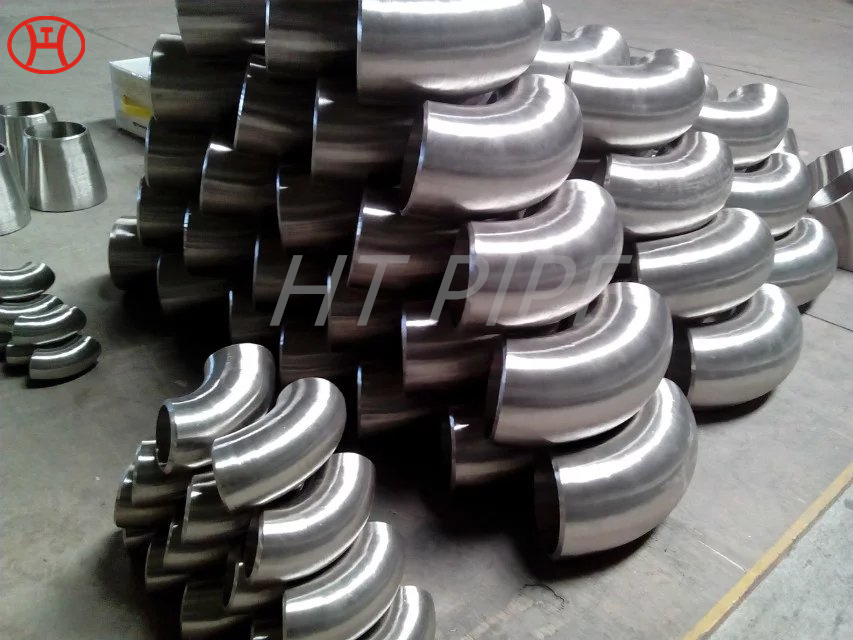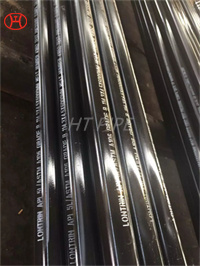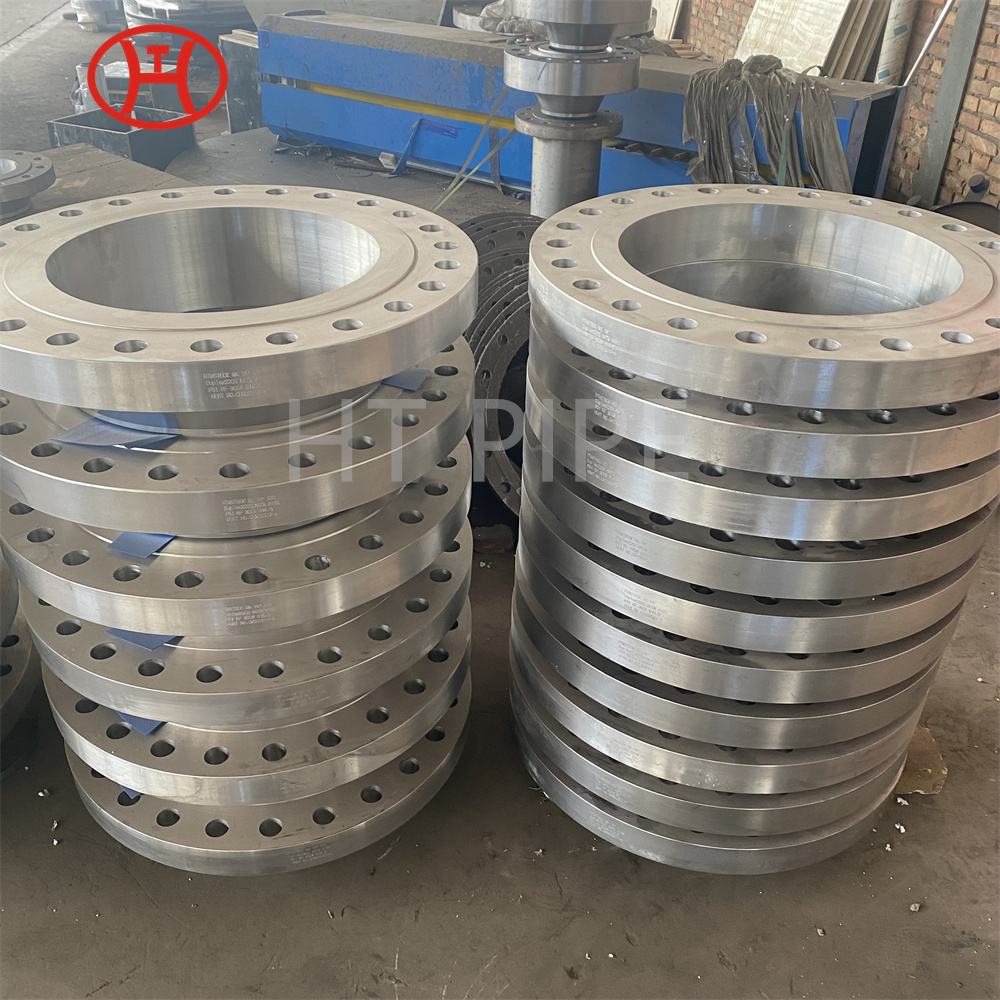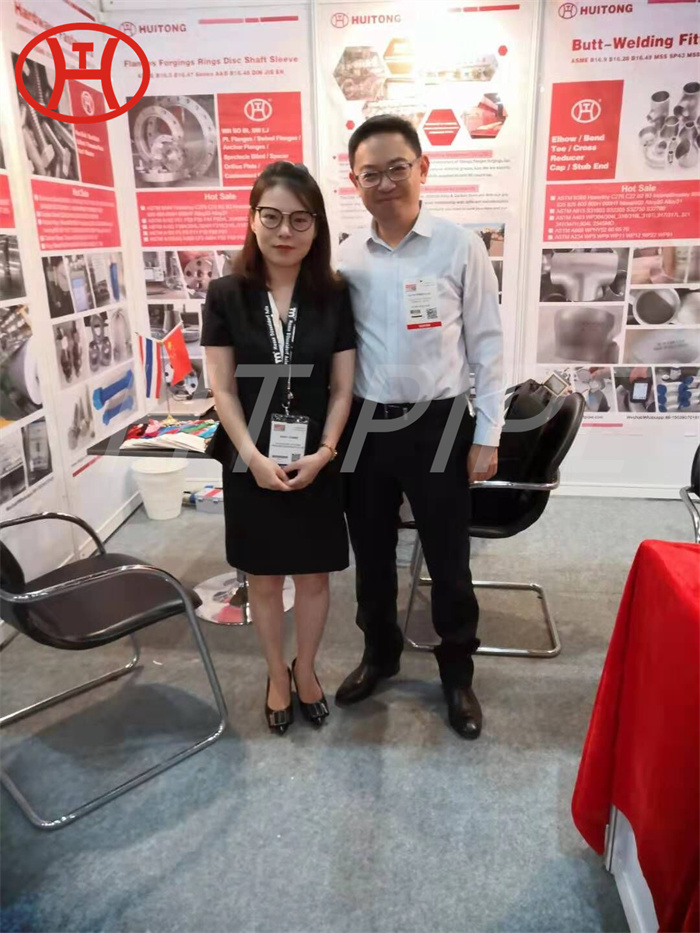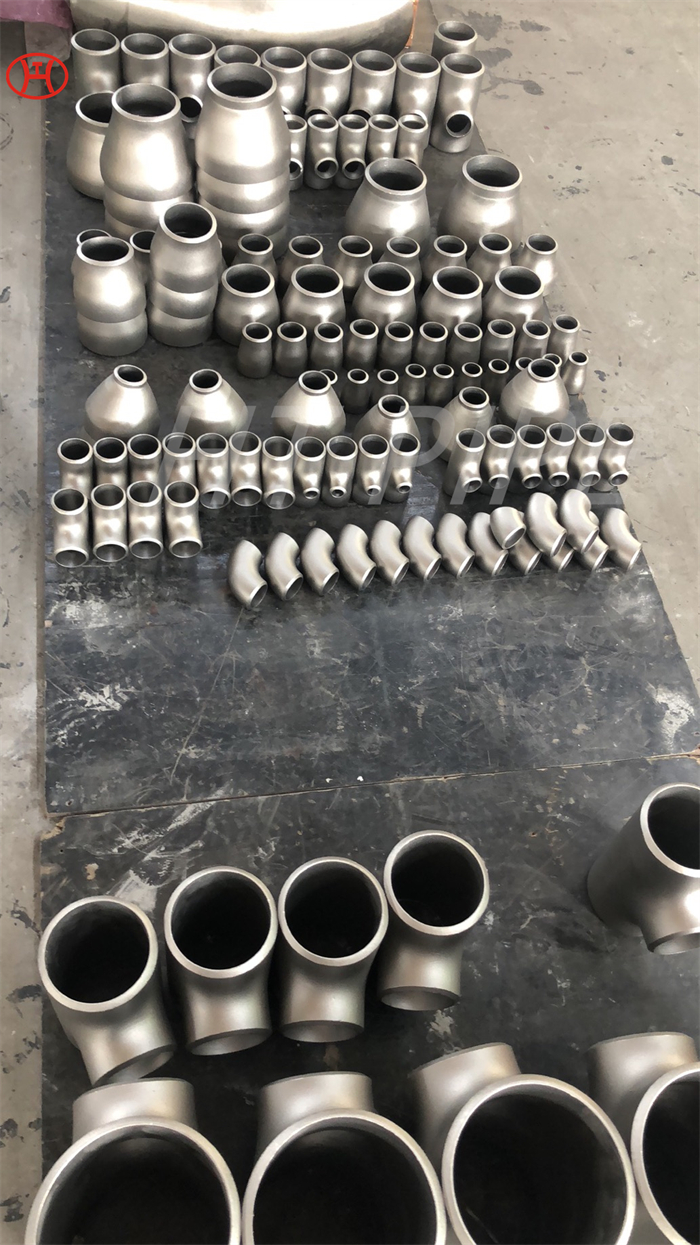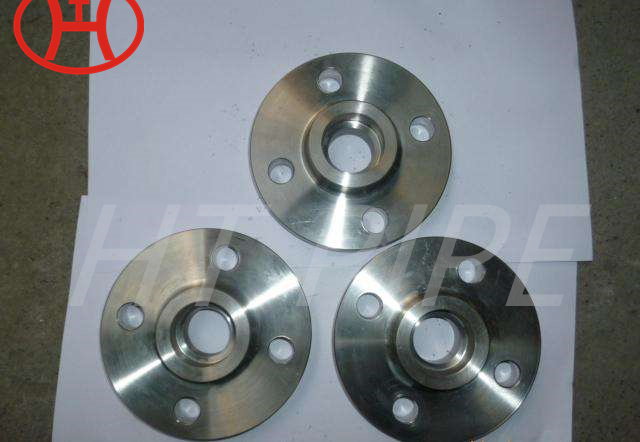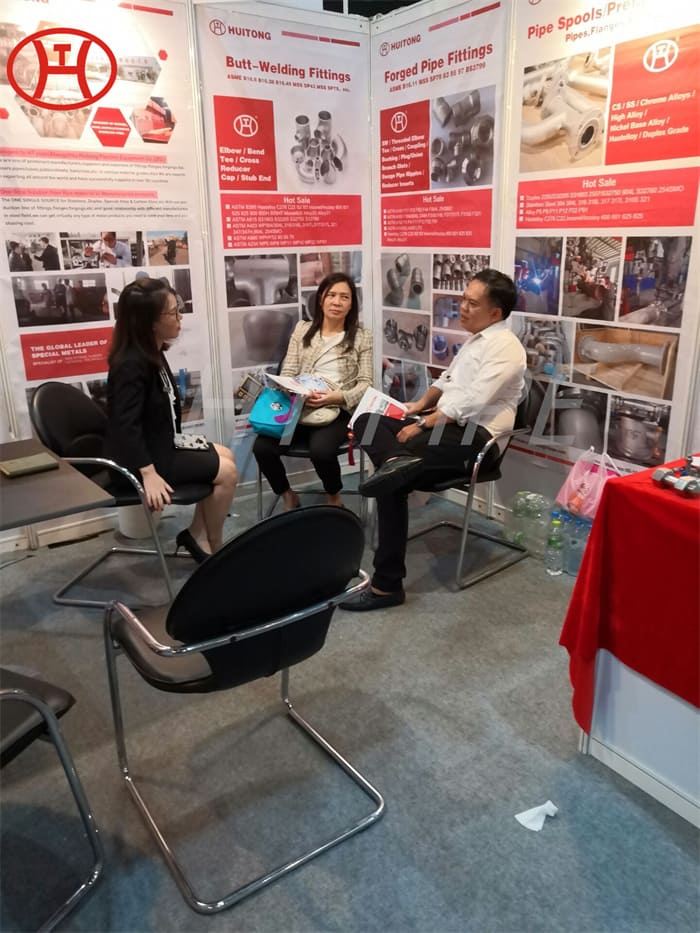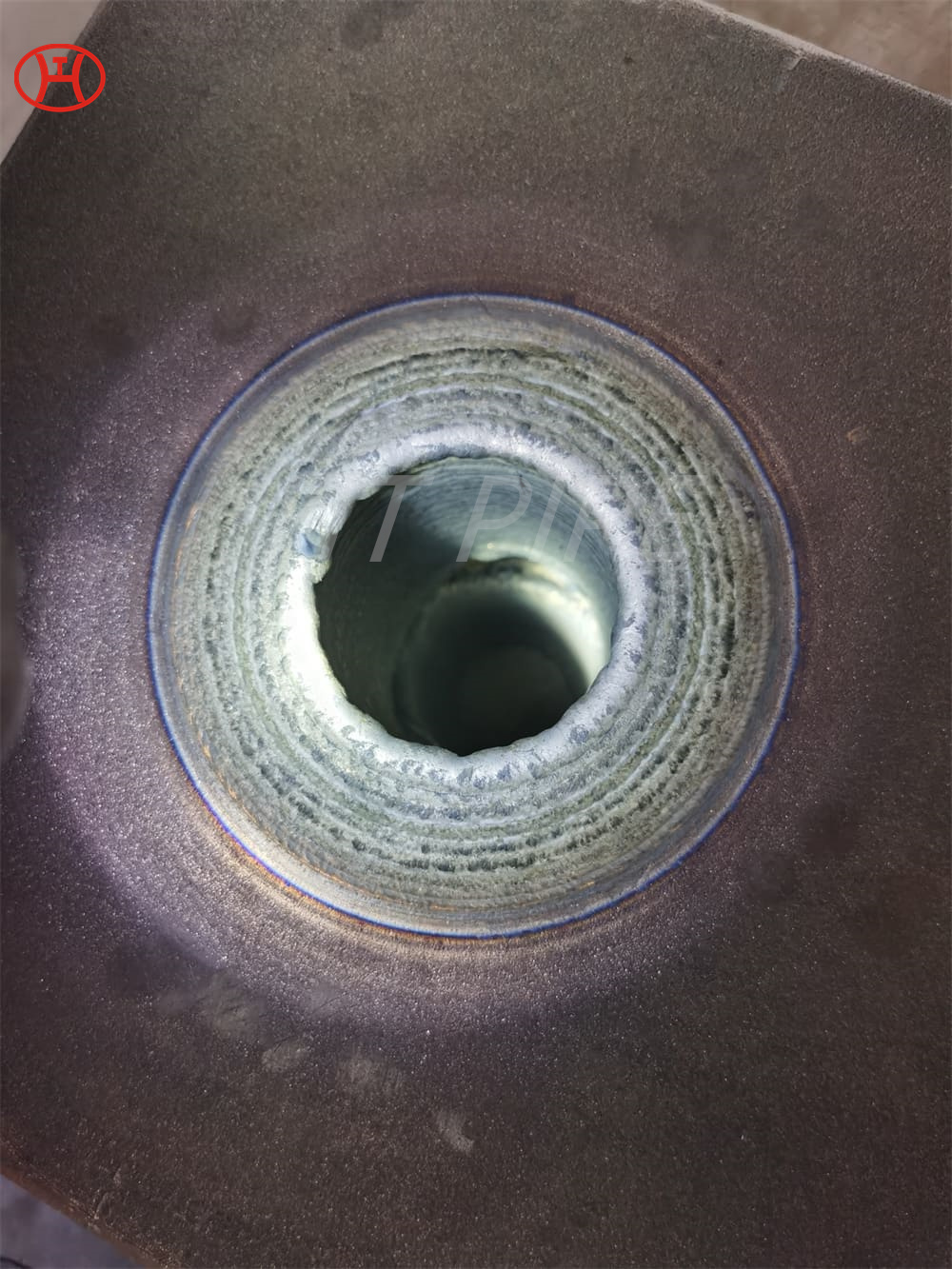Astm A276 316 316L Round Bar 6Mm Wholesale 304 8Mm Stainless Steel Rod
A479 is a specification for bars and rods produced in several grades of austenitic, ferritic, duplex or simply austenitic-ferritic and martensitic stainless steels. Since this designated stainless steel A479 round bar can be produced in any of the above grades, it can be heat treated differently.
Types 316 and 316L of 316 Stainless Steel Round Bar Stock have superior corrosion resistance and are more resistant to heat.
Grade 316 S31600 is a standard molybdenum-containing steel grade and is the second most popular grade of austenitic stainless steels after grade 304. Compared to 304, molybdenum imparts better overall corrosion resistance to 316, especially in chloride environments. At the same time, 316 1.4401/1.4436 stainless steel round bars are ideal for most machining techniques as well as for indoor and outdoor applications.
316 Stainless Steel Round is an austenitic chromium nickel steel round bar containing molybdenum which provides superior corrosion resistance and increased strength at elevated temperatures when compared to 304 Stainless. Widely known as a food grade stainless or marine grade, 316 Stainless is ideally suited for corrosion resistance against a wide range of chemical and acidic corrodents, and marine environment applications.
AISI 316 stainless steel is a non-magnetic, high-strength material with excellent corrosion resistance. 316 1.4401/1.4436 is slightly stronger than 303 and 304 stainless steel. Making it ideal for the food and pharmaceutical industries, as well as in areas involving marine environments, aerospace, process equipment, chemicals or other aggressive substances.
316 Stainless is moderate to weld, cut, form and machine with the proper equipment. HT PIPE stocks a wide size assortment of 316 Stainless Steel Round Bars that you can buy online in ready to ship precut or mill lengths or order just what you need custom cut to size in small or large quantity.
Chemical Composition:
UNS: S31600 / TYPE: 316L
| Carbon (C) | Manganese (Mn) | Phosphorus (P) | Sulpher (S) | Silicon (Si) | Chrome (Cr) | Nickel (Ni) | Molydenum (Mo) | |
|---|---|---|---|---|---|---|---|---|
| Min | 16.0 | 10.0 | 2.00 | |||||
| Max | 0.030 | 2.00 | 0.045 | 0.030 | 1.00 | 18.0 | 14.0 | 3.00 |
Mechanical Composition:
UNS: S31600 / TYPE: 316L
| Tensile Min psi | Yield Min psi | Elongation Min % | Reductions Min % | Hardness BHN |
|---|---|---|---|---|
| 75,000 | 30,000 | 40 | 50 | * |









































































































